Nehha Mishra, Leadership & Communication Coach | Founder, Epinomi Training Consulting
“In a world deluged by irrelevant information, clarity is power.”
— Yuval Noah Harari, 21 Lessons for the 21st Century
Harari’s insight resonates more than ever in our current times. We are no longer experiencing occasional disruptions—we are living in an age of permacrisis. This term, now increasingly used in global discourse, describes our collective reality of persistent and compounding crises: from pandemics and climate emergencies to political upheavals and economic volatility.
These aren’t isolated incidents. They’re markers of a deeper transformation in how the world works—and this shift demands a corresponding transformation in how we educate.
Who Prepares the Teachers?
The World Economic Forum’s 2025 Skills Outlook identifies key future survival skills: resilience, adaptability, complex problem-solving, and active learning. But amid this conversation, one vital question often goes unheard: Who is preparing the teachers to prepare the students?
Teachers today are no longer simply content deliverers. They’ve become first responders—navigators of uncertainty who lead young minds through a world in flux. Their role now is to remain grounded, relevant, and hopeful, even when the world around them is anything but.
Students Seek Stability in Spirit, Not Just Schedule
Learners today need more than just academic content. They need educators who:
- Lead with emotional intelligence
- Model how to live with uncertainty
- Rebuild structures amidst disruption
In moments of unpredictability, students instinctively seek anchors—often turning to the classroom. But it’s not the routine alone they rely on. It’s the presence, steadiness, and strength of their teachers.
From Rigid Plans to Agile Design
A shift is underway—from fixed educational plans to more responsive and dynamic learning environments.
Take a school in Pune, for example. One teacher there described how her class now co-designs their weekly modules. If a local flood warning emerges or exam guidelines shift, the class comes together, revises priorities, and adjusts plans. What began as a survival tactic has grown into a collaborative learning ritual—and it’s giving students real-world agency.
This approach doesn’t dismantle structure—it builds flexible scaffolding, much like the support beams of a skyscraper under construction.
The Evolving Identity of the Educator
To teach effectively in this new world, educators must rethink their roles. This transformation involves three major shifts:
1. From Deliverer to Designer
Teachers are no longer simply transmitting content—they’re architects of adaptable learning. This includes building contingency and “Plan Bs” directly into lesson plans.
2. From Instructor to Sensemaker
Educators help students connect academic content with the real world—integrating current events, societal issues, and ethical questions into everyday learning.
3. From Guardian of Knowledge to Curator of Skills
With information readily available online, the emphasis must shift to skills development: critical thinking, emotional regulation, collaboration, and resilience.
These core capabilities are no longer “nice-to-haves”. They are non-negotiables in preparing future-ready individuals.
Scaffolding Minds During Chaos
Education researcher Dr Catherine Orridge encapsulates this idea perfectly:
“Structured learning during chaos acts like scaffolding on a crumbling wall—holding up minds and meaning when everything else wobbles.”
Her call is clear: resist the temptation to return to “normal”. Instead, we must courageously embrace the discomfort of transformation.
Agile Classrooms in Action
Agile doesn’t mean unstructured. It means responsive. Here are practical strategies schools can adopt to build future-proof classrooms:
- Responsive timetables: Dedicate 10–20% of learning time to topics shaped by current events or evolving student interests.
- Rapid reflection: End the day with 5-minute prompts like “What changed today?” to encourage self-awareness and adaptive thinking.
- Scenario-based learning: Simulate real-world problems (e.g., social media misinformation, climate events, policy shifts) to promote collaboration and innovation.
- Resilience journals: Encourage students to track how they respond to change—developing a habit of self-led reflection and growth.
Curriculum Meets Context
In Hyderabad, a history teacher reimagined a lesson on revolutions. Instead of just covering the French Revolution, she asked students to compare it to India’s recent farmers’ protests. They created podcasts, analysed the causes and effects, and discussed youth-led movements.
The result? Higher academic engagement—and more importantly, a deeper emotional and social connection to the subject matter.
When teachers align curriculum with context, critical thinking and relevance emerge naturally.
You Don’t Need to Be Perfect—Just Present
Permacrisis is not a passing storm—it is the atmosphere we now live in. And in this climate, teachers are more than educators. They are lighthouse keepers.
You may not control the tides, but you can teach students how to sail. How to repair sails when they tear. How to extend a hand to those struggling in rough waters.
This moment doesn’t require perfection.
It calls for presence, preparedness, and purpose.
Let’s stop asking “When will things go back to normal?”
Instead, let’s ask: “How do we prepare for what’s next?”
The future isn’t waiting. But with courageous, agile, and compassionate educators, we can ensure the next generation isn’t just ready for it—they’re ready to lead it.
Also Read: How visual tools transform learning





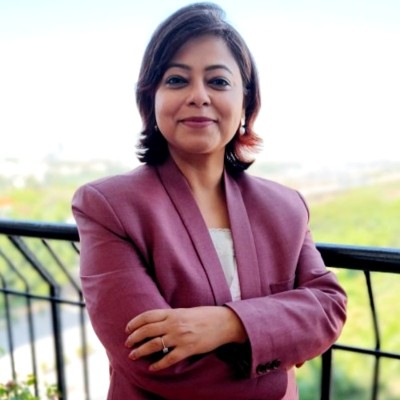


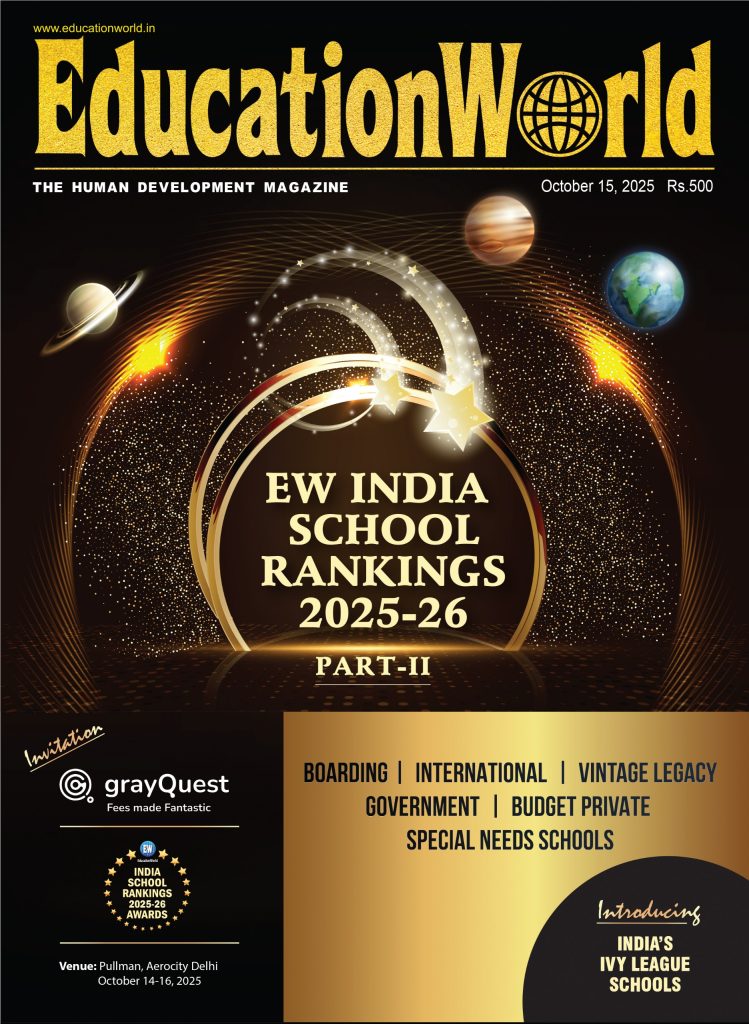
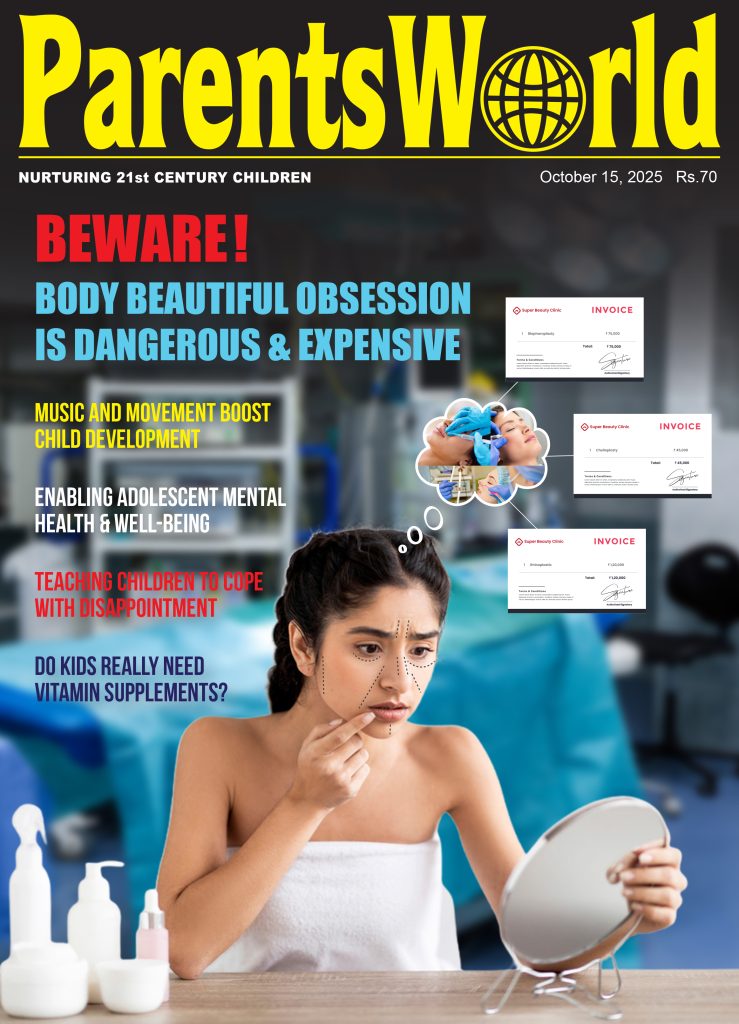



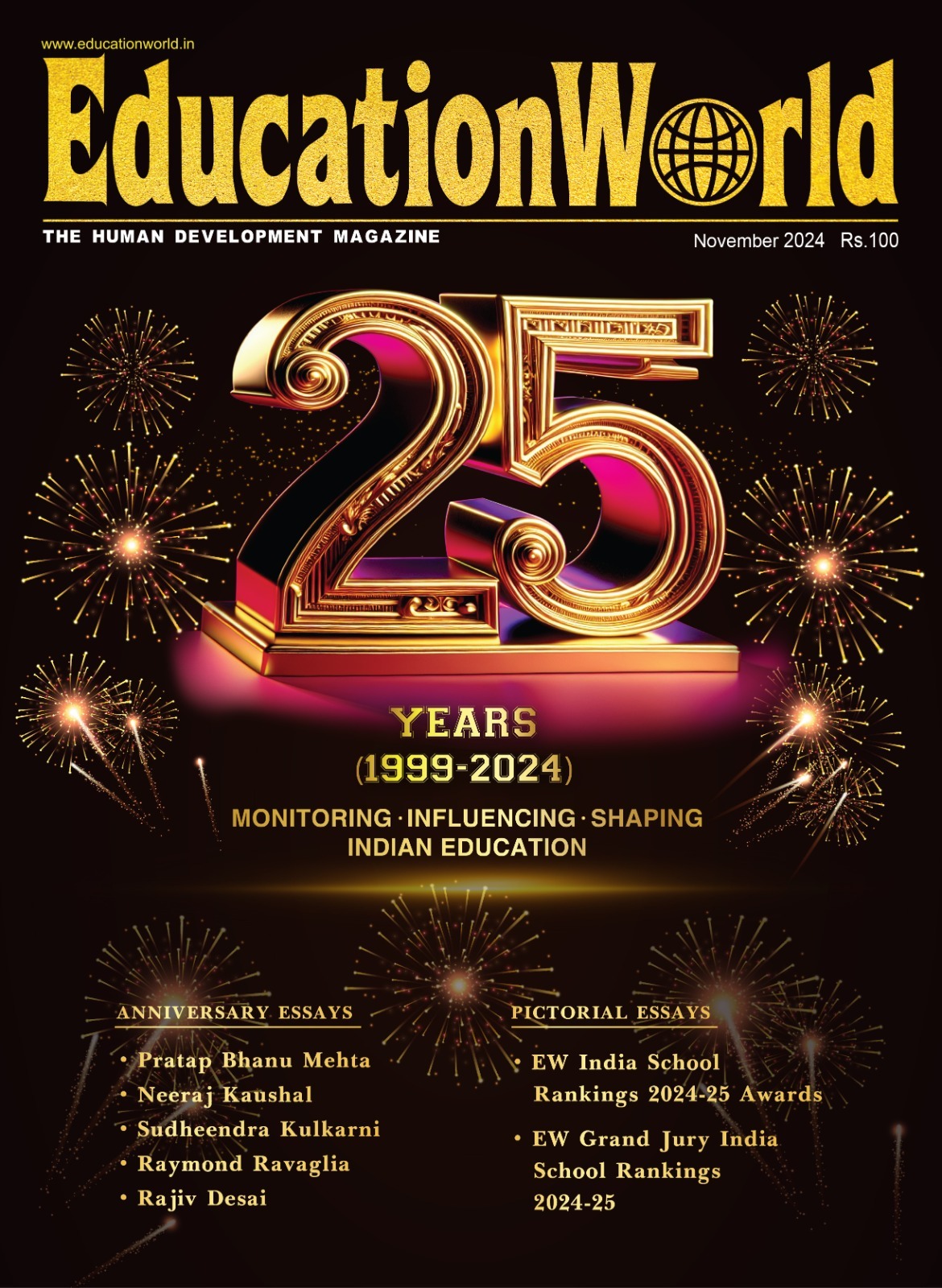
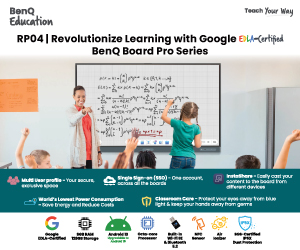


Add comment